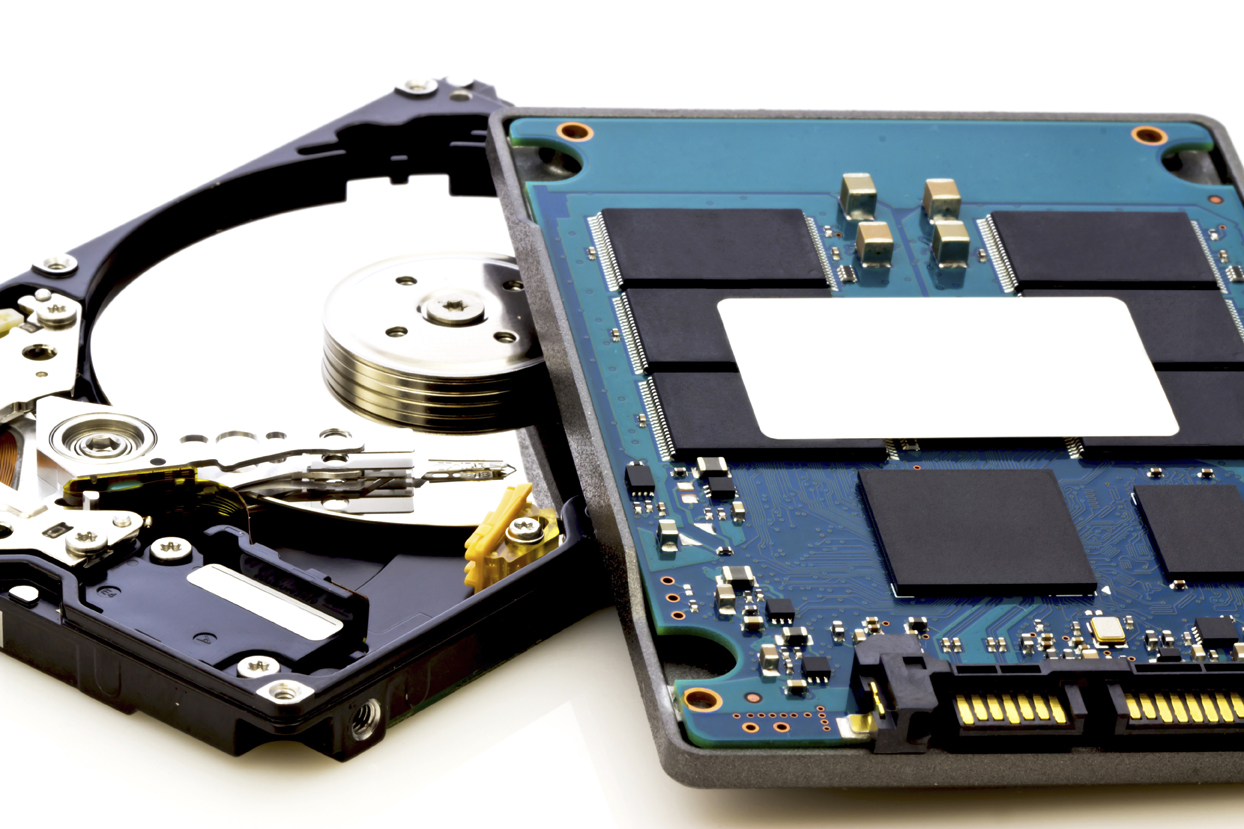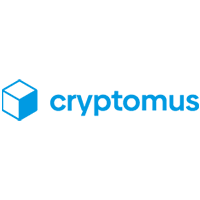
The reason that the SSD vs. HDD debate is so critical for the enterprise is the sheer weight of today’s data. Part of the challenge is that this hugely growing data threatens threatening traditional computing infrastructure based on HDD, or hard disk drive storage.
The problem isn’t only the growth. If that’s all there was to it, then data center administrators would simply slap more spindles, install a tape library, and send secondary data to the cloud where it becomes the provider’s problem. But the problem isn’t just growth; it is also the speed at which applications operate. Processor and networking speeds have kept up with application velocity and growth but production storage has not.
Granted that computing bottlenecks may exist other than in the HDD. Switches fail, bandwidth overloads, VM hosts go down: nothing in the computing path is 100% reliable. But disk drives are the major slowdown culprit in high IO environments. The nature of the mechanical device is the offending party.
Very fast SSD performance is the increasingly popular fix for the problem. However, SSDs are not the automatic choice over HDDs. First, one-to-one, SSD pricing is a good deal more expensive than HDDs. There are certainly factors that narrow the purchasing gap between SSDs and HDDs, and in practice the cost for SSDs can be less. (For a detailed look at HDD and SDD cost comparisons, see Henry Newman’s article SSD vs. HDD Pricing: Seven Myths That Need Correcting) A second factor is what to replace: SSD performance will be faster than disk, but this does not necessarily mean that IT needs this performance level for secondary disk tiers.




